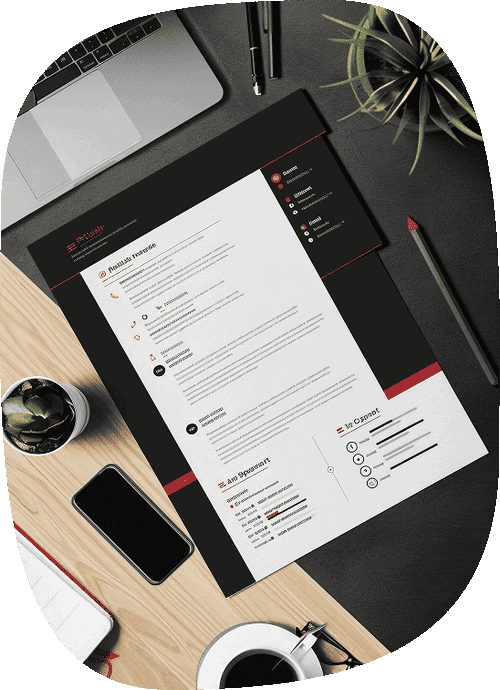how to write a good resume, Resume writing tips, how to make your resume stand out, What Employers Look For In A Resume,Importance Of Resume Keywords, How To Write Your Resume Summary
Learn how to write a resume that grabs attention in 2025. Discover proven tips, formats, and strategies to stand out and land your dream job faster.
Did you know that over 75% of resumes are rejected by ATS before they even reach a recruiter’s desk? Many job seekers apply for multiple jobs and spend hours customizing their applications for each position. However, the reality is that only about 2% of all candidates applying for a position actually get hired. If you have been struggling to secure interviews, the problem may not be your skills or experience, but your resume.
Today, it’s not just important to list your skills and achievements but also to frame them in terms of business value and format your resume for both ATS and humans.
Wondering how to write a good resume to increase your chances of success? We’ve got you covered. In this blog, we’ll break down the secrets of:

Understanding Resume Basics: What Employers Look for in a Resume
Research shows that many candidates include irrelevant information in their resumes, fail to mention skills relevant to the job, or place them in the wrong order. Recruiters barely spend a few seconds scanning your resume, so be sure to:
How to Write a Resume for a Job?
Here are some tried and tested strategies for how to write a good resume:
How to Make Your Resume Stand Out
To make it into the hands of a recruiter, a resume must be ATS-compliant and easy to read. Here are the key factors to remember when creating a stand-out resume:

Resume Writing Tips for Experienced Professionals
If you have 15 to 20 years of experience, here’s how to write a good resume that catches the attention of the reader:
Quantify your impact in business terms and share strategy and insights based on your experience.
Streamline your Job Search with GroYouth
Optimizing your resume can increase the odds of securing an interview. However, not every opportunity may be the right one for you. It’s time to be proactive about your career. GroYouth is a new-age recruitment marketplace that integrates cutting-edge AI that maps your skills and preferences and recommends the best job opportunities from top employers. Thanks to our skills and personality assessments, we help you find jobs that are the right fit—consistently.
Thanks to rigorous vetting, you’ll only receive legitimate job openings, eliminating any scope for fraud. Whether you’re looking for a full-time role or a contract-based, part-time role—we’ve got you covered. GroYouth also provides comprehensive career guidance and professional training to help you upskill for in-demand roles proactively.
Whether you’re a first-time job seeker or an experienced candidate, we help you steer your career like a pro. Sign up for free or contact us today for more information!


